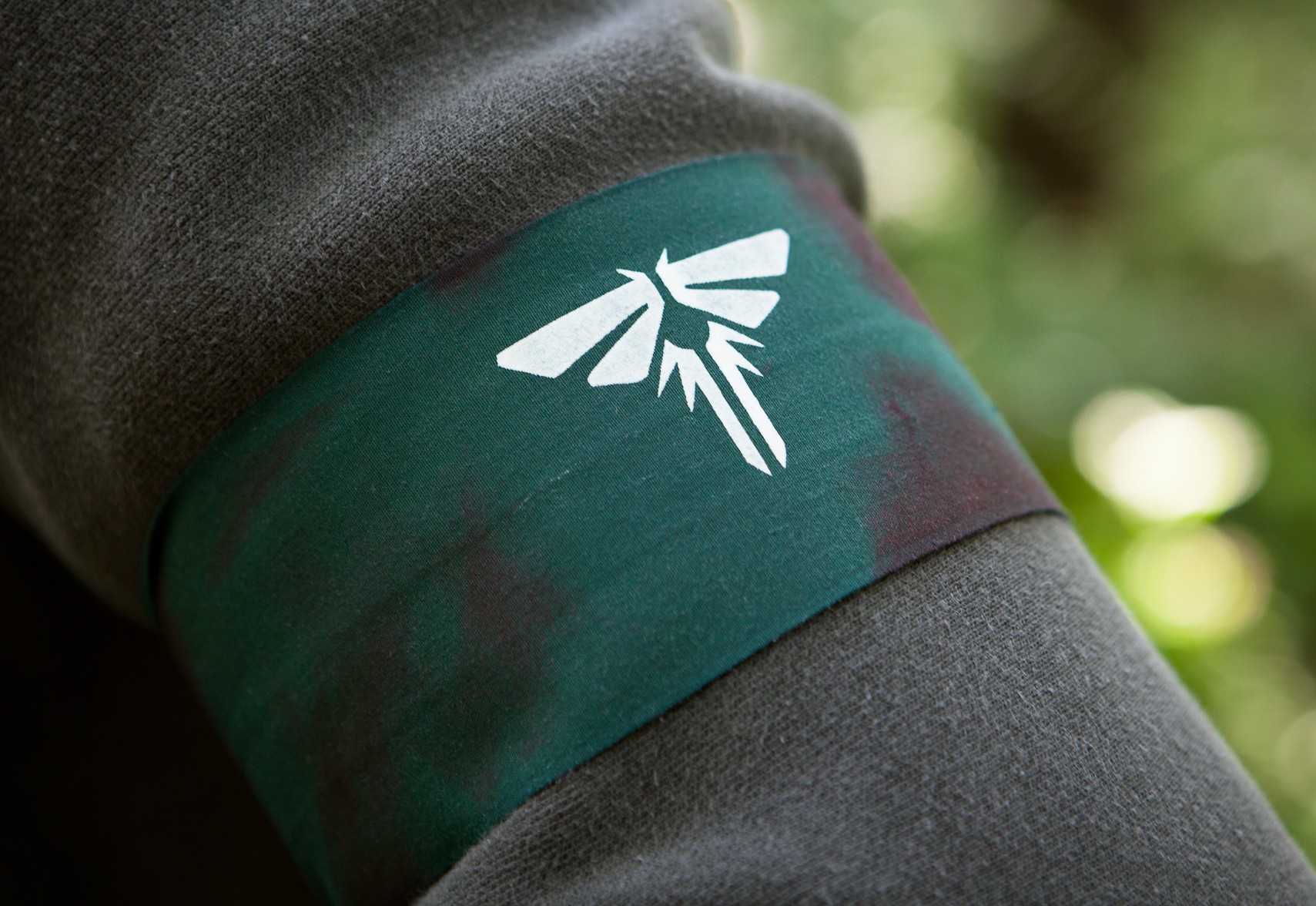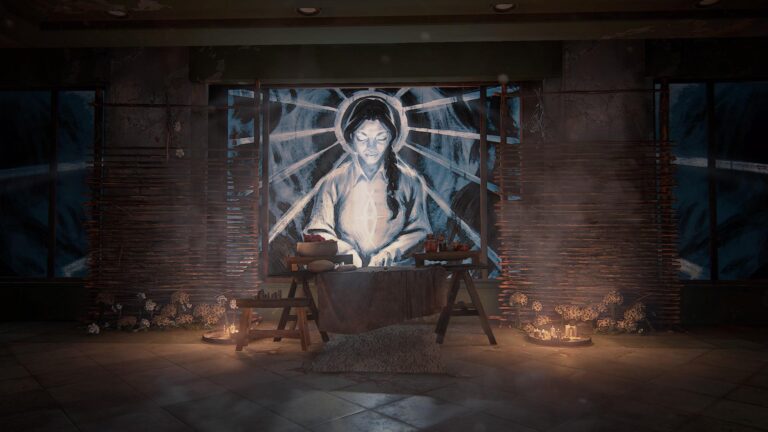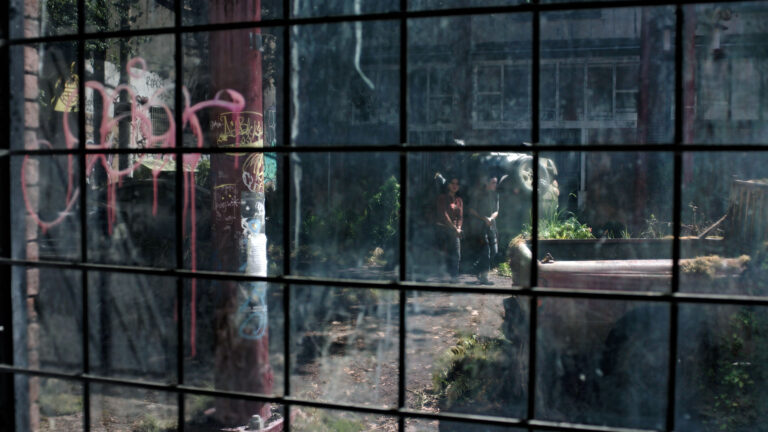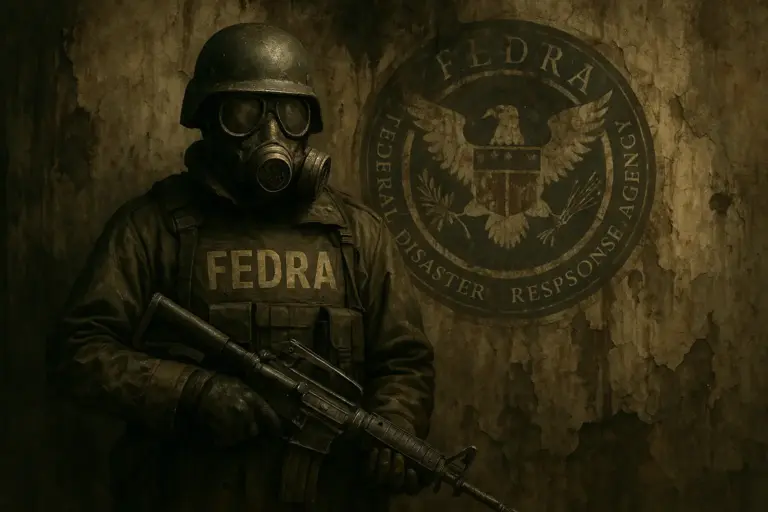Let’s talk Fireflies. No, you’re not lost in the woods, grabbing a jar to catch glowing bugs. We’re diving into The Last of Us universe, and if you’re here, chances are, you already know these rebels are a much bigger deal.
Who Are the Fireflies, Anyway?
Picture this: a world where freedom feels like a relic, FEDRA bosses everyone, and hope comes in fits and spurts. Out of that gloom, the Fireflies burst into life, promising light in the endless dark. Their motto, literally spray-painted everywhere – “When you’re lost in the darkness, look for the light” – isn’t just graffiti. It’s a rallying cry. It’s hope. And it’s dangerous.
But who are these people really? A ragtag group of rebels? Wannabe revolutionaries? Maybe both. But above all, the Fireflies are the wildcard faction in both the games and HBO’s smash hit TV adaptation.
At their core, the Fireflies want two things:
- Smash FEDRA and end martial law.
- Find a cure for the Cordyceps brain-munching nightmare.
Let’s untangle their history, their drama, and why their butterfly logo sends chills (and maybe a little hope) down survivors’ spines.

Marlene Rules the Roost (with Grit and Guts)
A resistance group needs a strong leader, and the Fireflies drew a hell of a wildcard: Marlene. This woman’s not just tough – she’s iconic. She’s the reason the Fireflies don’t dissolve into chaos at every setback. Whether you’re watching the show or playing the game, Marlene’s there, commanding loyalty and driving the search for a cure. Fun fact: Merle Dandridge played Marlene in both the game and the HBO series, and honestly, it’s impossible to imagine anyone else with that much gravitas.
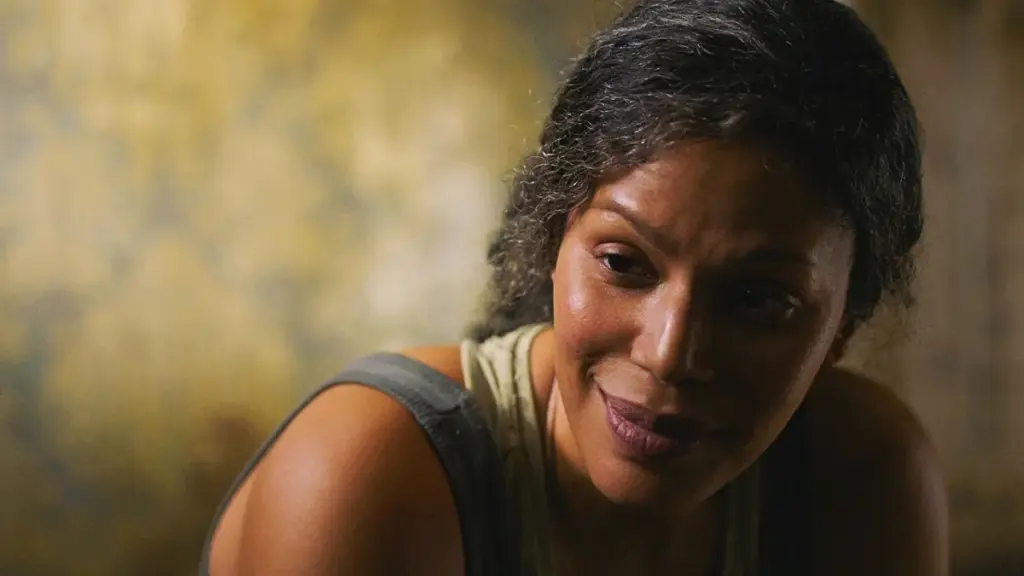
Marlene doesn’t act alone, either. Fireflies attract fierce, complex people. Tommy Miller (Joel’s brother) signed up for a bit, although he bailed out after the disillusionment hit. There’s Riley Abel, a teenage recruit whose time with the Fireflies gets its own spotlight in the series (and, for game players, in the “Left Behind” DLC). In Part II, Abby Anderson’s entire story twists around her ties to the Fireflies, not to mention her quest for answers and vengeance.
Philosophy and Goals: Not Just Another Band of Angry Rebels
Let’s cut through the fog: the Fireflies aren’t just shooting at soldiers for fun. They believe the world lost its way – democracy crumbled, freedoms vanished, and the future looks bleak. The Fireflies see themselves as humanity’s last chance to carve out a new dawn.
Here’s what they believe in:
- Democracy over dictatorship (FEDRA’s martial law? Hard pass.)
- Scientific hope (if there’s a cure, they’ll bleed for it).
- Resisting at all costs, even if it means making tough calls.
Don’t mistake it for simple heroics, though. The Fireflies make questionable decisions. They bomb outposts. Sometimes, civilians die. Their methods provoke debate – are they freedom fighters, or just another group using violence to grab power?
But in the grand tapestry of TLOU, someone’s gotta challenge the status quo. The Fireflies own that role, for better or worse.
Headquarters, Hideouts, and Risky Science
Flashback: It’s the 2010s, right after Cordyceps wipes the floor with civilization. FEDRA clamps down hard, and just like dandelions bursting through concrete – boom, resistance! The Fireflies pop up inside various Quarantine Zones, gathering dissidents, desperate survivors, and idealists looking for purpose.
They start small. Sabotage. Bombings. Riots. Sometimes, their tactics work. Often, everything goes sideways. Their operations sprawl across America, but a few hotspots stand out:
- Boston QZ: Here, the Fireflies keep FEDRA on its toes. In both the source game and the show’s first episodes, Marlene runs her crew with military precision – and faces messy betrayals.
- University of Eastern Colorado: This campus isn’t about frat parties anymore. Instead, it’s a research dungeon where the Fireflies chase that cure. They eventually abandon it after things get, let’s say, too spicy.
- St. Mary’s Hospital, Salt Lake City: The Big Finale. Every fan knows this spot. The Fireflies turn it into ground zero for Project Find the Vaccine. Drama explodes here in both the game and the show.
They’re mobile too: the Fireflies don’t stay put long, considering FEDRA would nuke them if given the chance. By the time of the sequel, most Fireflies are splintered, scattered, or hiding with their tails between their legs.
Relations, Rivals, and Nicknames
Nobody stays neutral in the apocalypse. When it comes to factions, alliances last about as long as a bottle of clean water.
- FEDRA: Public Enemy #1. The Fireflies and FEDRA play cat and mouse, and it’s never pretty. Each sees the other as a threat to whatever order or freedom they’re struggling to protect. The show especially highlights the contempt – FEDRA paints Fireflies as terrorists, and calls them “insurgents.” The Fireflies? They return the favor, trafficking in equal parts propaganda and sabotage.
- Other Factions: The Fireflies dabble in partnerships with whatever resistance might tilt the odds. In Pittsburgh, they clashed and sometimes cooperated with Hunter factions, but those temporary alliances usually dissolve into bloodshed. By Part II, Firefly veterans – including Abby’s father Jerry (the lead surgeon)—link up with the powerful WLF in Seattle.
- How They’re Seen: Depending on who’s talking, the Fireflies are “the only hope left” or just “bomb-throwing fanatics.” They embrace the “Firefly” name, but enemies give them less flattering titles: “traitors,” “terrorists,” “loons.” In survivor circles, “Fireflies” means “if you value your life, don’t get involved.”
Game Versus TV: Spot the Differences
Naughty Dog’s game handed the Fireflies their mythic aura, but HBO’s series shakes things up just enough for a fresh take.
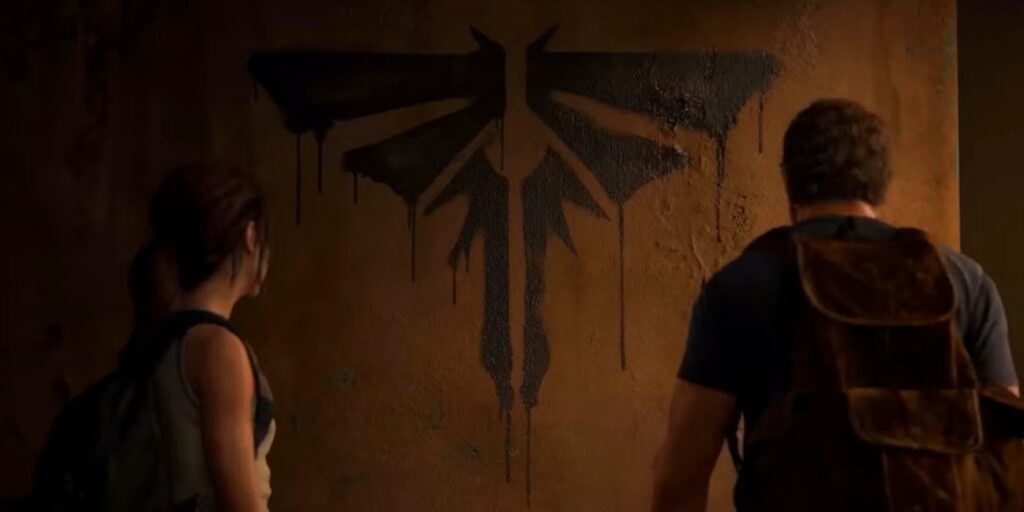
Here’s what stands out:
- Recruitment Tactics: In the show, we see more of how the Fireflies lure new blood. Riley, Ellie’s friend, gets drawn in with hope and adventure – only to learn the job’s deadlier than advertised.
- Leadership: Marlene’s pain and resolve get way more screen time. The show fleshes out what Marlene sacrifices, making her decisions (especially with Ellie) even more brutal.
- Internal Tension: The TV version hints at divisions and failures inside the Fireflies. It’s messier, more real. Their cause feels both rousing and doomed.
But don’t worry – signature moments remain sacred. The Fireflies’ ideology, their obsession with a cure, and their explosive showdown in Salt Lake all survive the translation.
Easter Eggs, Lore Nuggets, and Fun Facts
The HBO show packs in Firefly references if you keep your eyes peeled:
- Their catchphrase shows up in moody shots, background graffiti, even whispered between allies.
- Marlene? Played by her original voice actress. That’s a rare and awesome bit of casting continuity.
- At the University, Firefly logos haunt the scenery. Some hospital equipment sports subtle nods for eagle-eyed gamers.
Plus, dialogue snippets reference failed uprisings, echoing the tangled web from the games. The showrunners love a good wink to longtime fans.
Why They’ll Never Be Just the Background Noise
Love them or fear them, the Fireflies light up every room they’re in. Think about it: without this group, the story would collapse into a simple “good vs evil.” They force the hard questions. Do the ends justify the means? How far will you go to save everyone, or just the ones you love?
And really, their legend never dies. Even when their numbers crater, their name floats on survivor radio and rumors. Abby’s hunt for surviving Fireflies in Part II is proof – the cause outlives the fallen.
So next time you spot that glowing logo, remember: in The Last of Us, sometimes the only thing more dangerous than the dark… is chasing the light.

